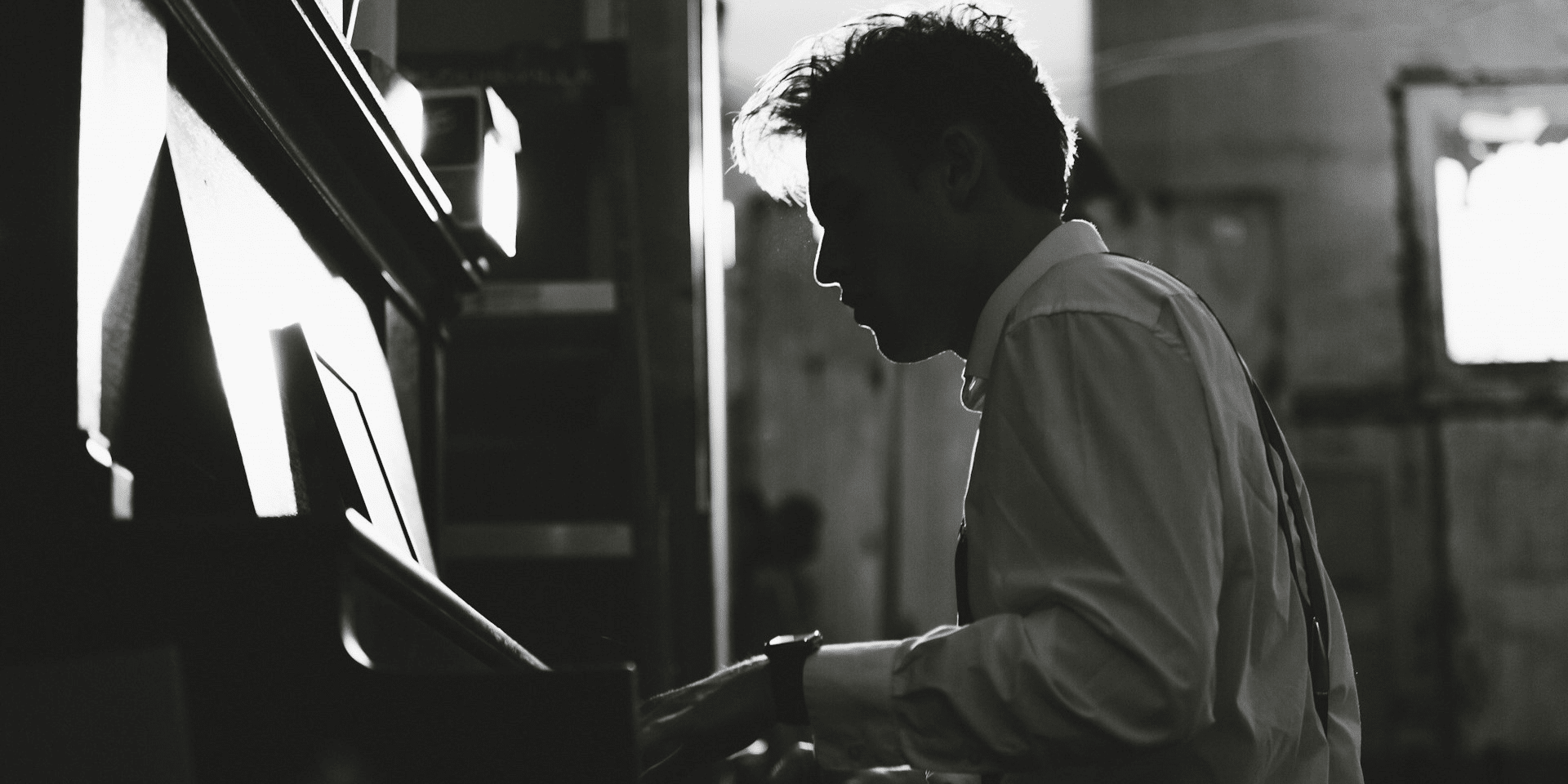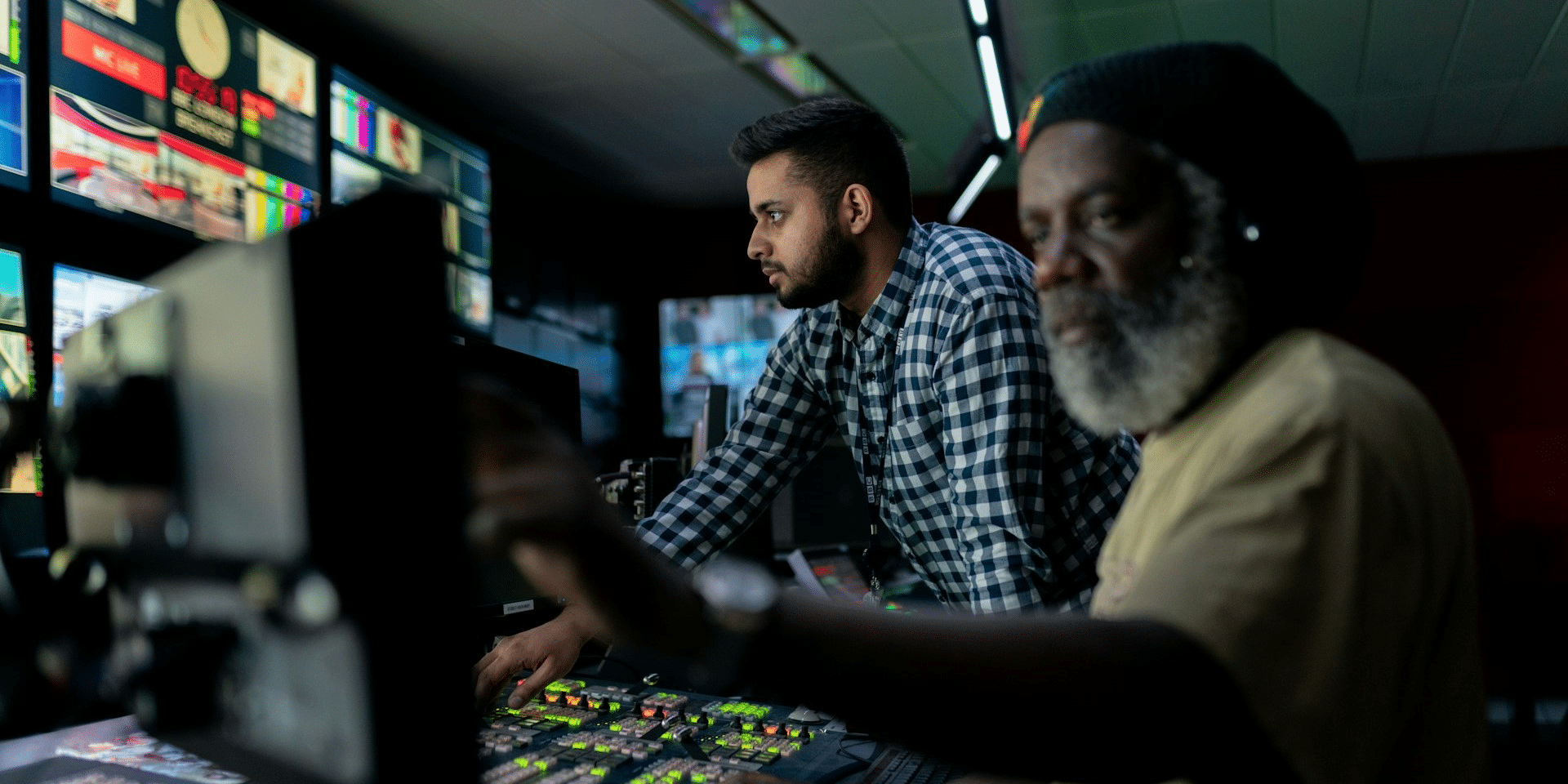Turning stage musicals into films is a daunting yet exhilarating challenge. Musicals have been an integral part of both theater and film for decades, but the transition from the stage to the big screen is not always straightforward. When a musical is adapted for film, the stakes are high—filmmakers must balance staying true to the theatrical production while using the unique tools of cinema to enhance the story and its emotional impact.
This article explores the complexities of musical adaptations, examining key elements such as preserving the essence of the stage production, the challenges in adaptation, cast selection, music changes, and the cultural impact of these cinematic versions.
Preserving Stage Elements
One of the main concerns when adapting a musical to film is preserving the essence of the original stage production. Musicals are inherently theatrical, and part of their charm lies in their live, larger-than-life performances, elaborate sets, and immersive storytelling. Capturing this energy on the big screen without losing its magic can be tricky.
Maintaining Theatricality
Stage musicals often rely on direct interaction with the audience, an element that is lost in film adaptations. To maintain this connection, filmmakers use techniques like close-ups, musical montages, and emotional cinematography to replicate the intimacy of the stage experience. Movies like Chicago (2002) and Les Misérables (2012) managed to retain their theatrical roots by creatively translating the music, emotion, and visual elements into cinematic language.
Challenges in Adaptation
Adapting a musical for the big screen comes with unique challenges, particularly when it comes to pacing, setting, and expanding the story beyond the confines of the stage. Unlike a theater production, a film must be visually dynamic, often requiring changes to the plot or setting to make the story more suitable for cinema.
Pacing and Editing
In a stage musical, audiences expect a slower pace with long musical numbers and intermissions. However, in films, viewers tend to prefer faster pacing. As a result, some musical numbers are shortened, and the story is sometimes condensed or restructured to fit within a cinematic framework. This can create tension between staying true to the original production and ensuring the film flows well for movie audiences.
Cast and Star Power
One of the biggest draws for movie adaptations of musicals is the inclusion of high-profile actors who can bring star power to the production. This can be both a blessing and a challenge, as casting decisions may sometimes prioritize a celebrity’s box office appeal over their vocal abilities or suitability for the role.
Balancing Star Power and Talent
A good example of this balance is Hugh Jackman in Les Misérables. His popularity brought attention to the film, but his solid vocal and acting skills as Jean Valjean helped to make the adaptation a success. On the other hand, casting choices like Russell Crowe in the same film drew mixed reactions, as some viewers felt his vocal performance did not match the demands of the role. When done well, casting famous actors can elevate the film and make it more accessible to general audiences.
Music and Soundtrack Changes
One of the most crucial aspects of adapting a musical is ensuring that the soundtrack resonates with film audiences. In some cases, filmmakers may alter the arrangements or even cut songs to suit the pacing or tone of the film. While this can make the movie feel more streamlined, it can also upset fans of the original musical.
Rearranging Iconic Songs
For example, in the 2019 adaptation of Cats, several musical numbers were rearranged, shortened, or cut to better fit the film’s vision. This sparked criticism from fans of the original Andrew Lloyd Webber stage musical. In contrast, The Greatest Showman (2017), a musical written specifically for the screen, enjoyed great success in part because the music was tailored to the cinematic format, with songs like “This Is Me” becoming instant hits.
Cinematic Techniques
When musicals are adapted into films, directors and cinematographers gain access to tools that are not available in stage productions. This allows them to enhance the storytelling experience in ways that can’t be replicated on stage.
Creative Use of Space and Camera
Directors can use location shots, special effects, and dynamic camera movements to create a more expansive and immersive environment. In films like The Phantom of the Opera (2004), the vast, detailed sets and the camera’s ability to move freely through them create a visual spectacle that’s impossible to replicate on stage. These cinematic techniques, including lighting, editing, and special effects, offer a more sensory experience for audiences, drawing them deeper into the world of the musical.
Box Office Performance
The box office performance of musical adaptations can be unpredictable. While some musicals perform exceptionally well, others struggle to find an audience. Success often hinges on timing, star power, and cultural relevance.
Blockbusters and Disappointments
Blockbuster successes like Mamma Mia! (2008) and La La Land (2016) captivated both critics and audiences, earning massive box office returns and critical acclaim. However, not all adaptations meet the same fate—films like Cats (2019) struggled to connect with both audiences and critics, leading to disappointing box office returns despite a star-studded cast and high expectations.
Critical Reception
Critical reception can make or break a musical film adaptation. While some movies are praised for their innovation and faithful adaptation of the source material, others are criticized for failing to capture the spirit of the original musical.
Critical Praise and Criticism
Films like West Side Story (1961) were praised for their seamless adaptation from stage to screen, maintaining the core elements of the musical while utilizing the advantages of film. On the other hand, Cats (2019) was lambasted by critics for its disorienting visual effects and disjointed storytelling, demonstrating how challenging the transition from stage to screen can be.
Balancing Theatricality and Realism
One of the most difficult balancing acts in adapting a musical for film is deciding how much theatricality to retain and how much to embrace realism. Some films lean heavily into the theatrical nature of the original production, while others attempt to ground the story in a more realistic setting.
Finding the Right Balance
In Chicago (2002), director Rob Marshall used theatrical elements, like having musical numbers take place in the characters’ imaginations, to retain the energy of the stage production while still making use of film’s visual language. Meanwhile, Les Misérables (2012) opted for gritty realism, shooting much of the film on location and emphasizing raw, emotional performances to create an immersive experience.
Cultural Impact
When musicals are adapted for the big screen, their cultural impact can be profound. Film adaptations introduce musicals to a wider audience, many of whom may never have seen the original stage version. This can lead to renewed interest in the stage musical and even inspire new generations of theatergoers.
Global Reach
Musical films like The Sound of Music (1965) and Grease (1978) have left lasting cultural legacies, inspiring fashion, catchphrases, and even parodies. Similarly, Hamilton (2020) made waves as a filmed version of the stage musical, demonstrating that stage musicals, when adapted thoughtfully, can continue to shape cultural conversations long after their initial release.
Adapting musicals for the big screen is a complex process, full of challenges and opportunities. From preserving the essence of the stage production to navigating star-studded casting choices and altering the soundtrack, filmmakers must make countless decisions to ensure that the final product resonates with both fans of the original musical and new audiences. When done successfully, these adaptations can lead to box office hits, critical acclaim, and cultural phenomena, proving that the magic of the stage can indeed be translated to the big screen.








